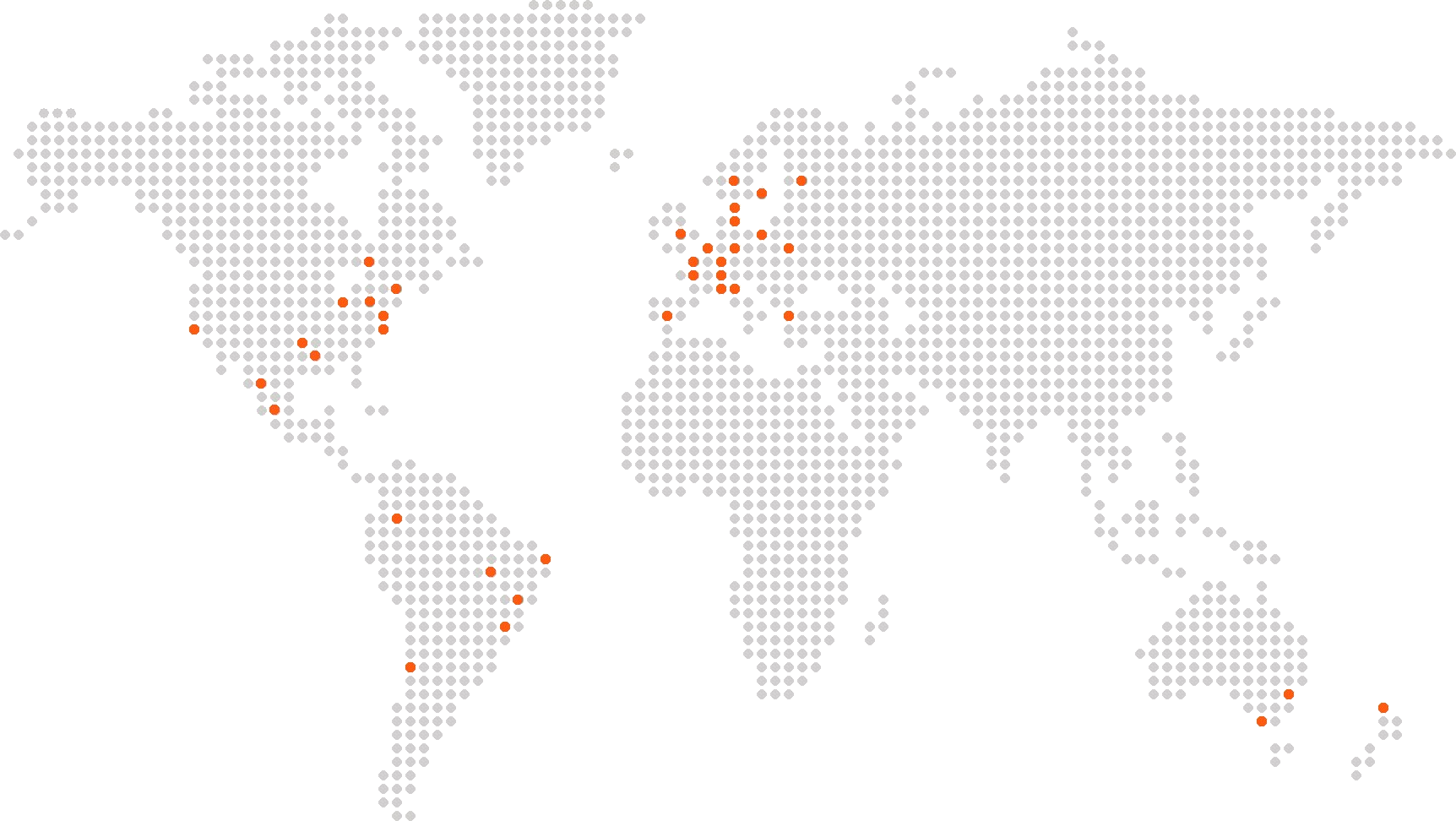By Jose Ruiz | Alder Koten Institute | Gonzaga University
Organizational Culture: The elephant in the room
In 2006 Mark Fields, then President of Ford Motor Company hung Peter Drucker’s quote “Culture Eats Strategy For Breakfast” in their war room. “Mark was keenly aware that no matter how far reaching his vision or how brilliant his strategy, neither would be realized if not supported by the culture” (Johnson). As we worked on a client assignment during the summer of 2013 we were faced with a challenge: We told our client that they had an issue with their culture. They quickly agreed but proceeded to ask us if we could clarify what it was and what part of the culture was broken. We could not. At least not in the same way we could assess individuals with competency models. So we set out to create a model to quantify the organization’s culture in 10 dimensions and produced the Alder Koten Organizational Culture DNA Model (2013).
The model measures each dimension on a scale between two opposite extremes. One of these dimensions is Authority. It measures how groups define power, make decisions, manage control, and enforce discipline. The left extreme (participative) characterizes a culture where decision-making is spread across different levels of the organization and typically involves a participative process. These groups tend to place a high value on their ability to collaborate and achieve consensus across diverse teams. The right extreme (autocratic) characterizes a culture where decision-making is concentrated in the top ranks of a hierarchical organization. These groups tend to make decisions within a controlled group that also decides who will deliver (Ruiz, 20013).
The model allowed us to describe to our client that their culture was autocratic and that their strategy would be better served by a participative culture. They are happy with the clarification but now their question (and our challenge) is: How do we make the transformation? In the next pages, we will briefly explore how to achieve the transformation in the Authority dimension of the Alder Koten Organizational Culture DNA Model through the perspective of the four-frame model presented by Bolman and Deal (2013) in their book Reframing Organizations: Artistry, Choice, and Leadership.
The Structure Frame
Bolman and Deal (2013) state “the structural approach focuses on the architecture of the organization – the design of units and subunits, rules and roles, goals and policies” (p. 36). They assert the principles of successful structural change includes a new vision of goals and a clear understanding of the current structure. They also state that it is important to experiment and test theories as you go (p. 97). Given that the task is to move from an autocratic to a participative leadership style, the first approach is to leverage changes in the organizational structure to break down certain lines of authority and create lines of shared responsibility (commonly referred to dotted lines). It is also important to determine tasks that need to be based on autocratic leadership and those that allow a consultative or participative approach. In their book Growing Pains: Transitioning from an Entrepreneurship to a Professionally Managed Firm (2007) Eric Flamholtz and Yvonne Randle developed the Leadership Style Matrix specifically for this purpose.
The Human Resources Frame
The human resources frame can help leaders identify the forces that maintain a healthy balance between the needs of different individuals and the organization. “The human resource frame centers on what organizations and people do to and for one another” (Deal and Bolman, p. 119, 2013). In Cultures and Organizations: Software for the Mind Geert Hofstede reflects on the differences between what individuals in a culture define as the ideal and the actual culture. The ideal culture is typically defined by what is determined to be ethically correct and in alignment with values. The key to shifting from an autocratic to a participative culture lies in fostering the belief that taking others into consideration is ethically correct.
A quick transition from an autocratic to a participative leadership style is very difficult and potentially destructive for both managers and executives. Managers need to learn to involve others in the decision-making process and employees need to learn how to get involved in a productive way. Gradually choosing and executing tasks or projects with self-directed teams can help to achieve this. “Self-directed teams typically produce better results and higher morale than groups operating under a more traditional top-down control” (Cohen & Ledford, 1994; Emery & Fredendall, 2002). Momentum will build through the success stories of self-directed teams, but failure can quickly destroy it. Since failure will happen at some point, it is important to take small steps to build confidence and resilience.
The Political Frame
It’s almost impossible to consider a shift from autocratic to participative leadership without involving politics in the organization. The political frame uses the analogy of the organization as a jungle. It sees things from the perspective of power, conflict, compensation, and politics (Deal and Bolman, 2013). In many cases, the fuel that feeds the political fire in shifting from autocratic to participative leadership is the misconception that a participative environment is a democracy. It is not. In his book, Mastering Change (1992) Ichak Adizes asserts that a participative leader is open minded in the decision making process. Participative leadership involves others but the burden and authority is still on the leader. Once a decision is made the leader must be strong-willed to carry the decision through (p. 9). Politics will run rampant without clarity on who has the final say and the strong-willed implementation.
The Symbolic Frame
The Symbolic frame sees things from the perspective of meaning, metaphors, rituals, stories, and heroes (Deal and Bolman, 2013). In order to shift, it is important to understand which are the symbols that reflect the nature of the organization. This may include many implicit messages including signage, instructions, and the way internal communication is written. “The symbolic frame focuses on how humans make sense of the chaotic, ambiguous world in which they live. Meaning, belief, and faith are central concerns” (Deal and Bolman, p. 235, 2013). Simple things, such as the use of “we” versus “I” in communications can serve as important reminders that shift the focus from individuals to the group and community. Highlighting the importance of the group through symbols helps foster a sense of community that makes a participative culture a natural occurrence.
Conclusion
The autocratic organization relies heavily on defined lines of authority, a strict division of work, and control. Metaphorically speaking, the autocratic organization behaves like a machine. Its nature is mechanic. The participative organization relies heavily on interdependence, trust, and empathy. Metaphorically speaking, the participative organization behaves like a living organism. Its nature is organic. The challenge in shifting is that a mechanic solution is simpler to understand and quicker to implement than an organic solution. Taking the time to analyze the potential impact of changes, actions, or initiatives through the lens of the four frames can help avoid the overuse of mechanic methods and reinforce the importance of the organic approach.
Used by Alder Koten under exclusive license. © 2013 Jose J. Ruiz. All rights reserved.
References
Bolman, L.G., & Deal, T.E., (2013). Reframing Organizations: Artistry, Choice, and Leadership (5th ed). San Francisco, CA: Jossey Bass.
Emery, C., and Fredendall, L. (2002) The effect of teams on firm profitability and customer satisfaction. Journal of Service Research 4 (3), 217-229.
Flamholtz, E. & Randle, Y (2007). Growing Pains: Transitioning from an Entrepreneurship to a Professionally Managed Firm. San Francisco, CA: Jossey Bass.
Johnson, Luther. Culture eats strategy for breakfast. Relational Dynamics Institute. Retrieved from http://www.relationaldynamicsinstitute.com/?p=48
Hofstede, G. & Hofstede, G.J., (2010). Cultures and Organizations: Software for the Mind (3rd ed). New York, NY: McGraw-Hill.
Ruiz, J (2013) Alder Koten Organizational Culture DNA Model. The Alder Koten Institute. Retrieved from https://alderkoten.com/institute/culture/organizational-culture-dna/
Wheatley, M. (2006). Leadership and the new science. (3rd ed). San Francisco, CA: Berrett-Koehler Publishers.
About Alder Koten
Alder Koten helps shape organizations through a combination of research, executive search, cultural & leadership assessment, and other talent advisory services. Our recruiters and executive search consultants bring to the recruiting process an in-depth understanding of the market conditions and strategic talent issues faced by clients within their particular industry. Our leadership consultants provide advisory services that are crafted to be collaborative, responsive, pragmatic, and results oriented. Focused on expanding the capabilities of the organization through talent.





